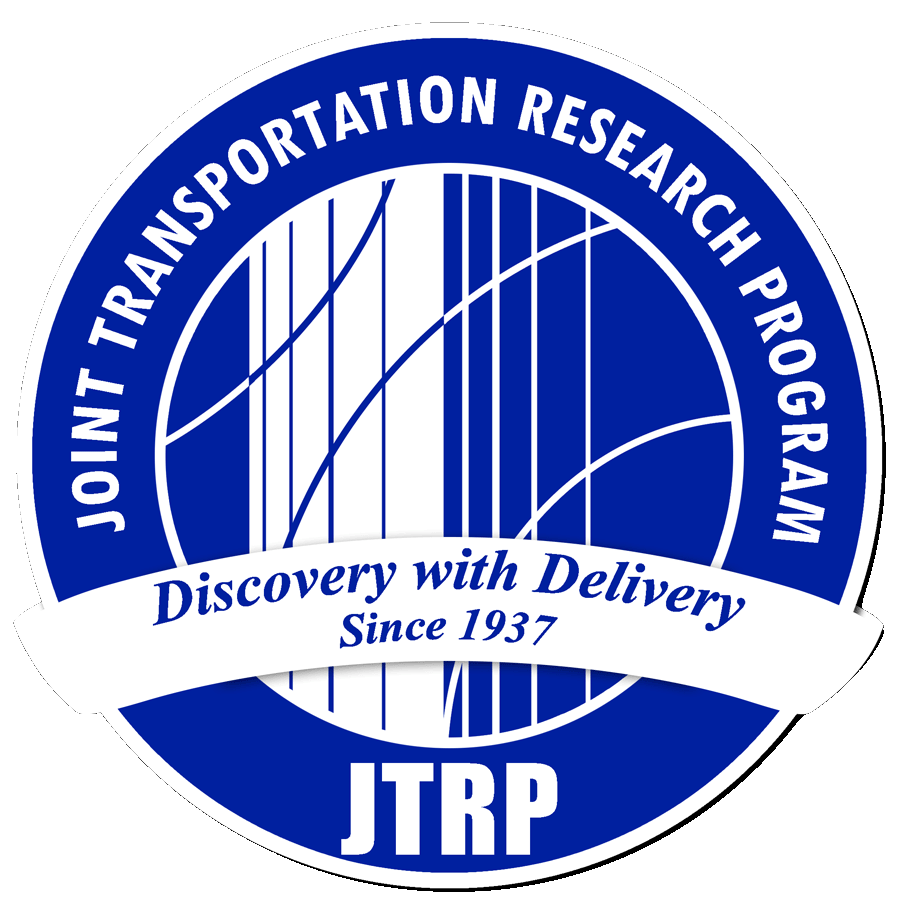Recommended Citation
Tarko, A. P., Thomaz, J., & Romero, M. (2019). SNIP light user manual (Joint Transportation Research Program Publication No. FHWA/IN/JTRP-2019/26). West Lafayette, IN: Purdue University. https://doi.org/10.5703/1288284317136
DOI
10.5703/1288284317136
Abstract
A systemic approach to identifying road locations that exhibit safety problems was provided by the Safety Needs Identification Program (SNIP and SNIP2) developed by the Purdue University Center for Road Safety (CRS). The new version SNIP Light has been developed to provide other uses with planning level traffic safety analysis capability for a wider range of uses including Metropolitan Planning Agencies (MPOs) who want the tool for planning cost-effective safety programs in their metropolitan areas. The SNIP Light reduces the demand of computing and data storage resources and replaces the SQL server database system an integrated module coded in-house which is considerably faster than the original component. Furthermore, certain proficiency required to install and use the old version is no longer needed thanks to the intuitive single-window interface and executing file operations in the background without the user’s involvement. Some operations, such as optimizing funding of safety projects, are removed to simplify the tool.
Report Number
FHWA/IN/JTRP-2019/26
Keywords
safety management, network screening, high-crash roads
SPR Number
4219
Performing Organization
Joint Transportation Research Program
Sponsoring Organization
Indiana Department of Transportation
Publisher Place
West Lafayette, IN
Date of this Version
2019


